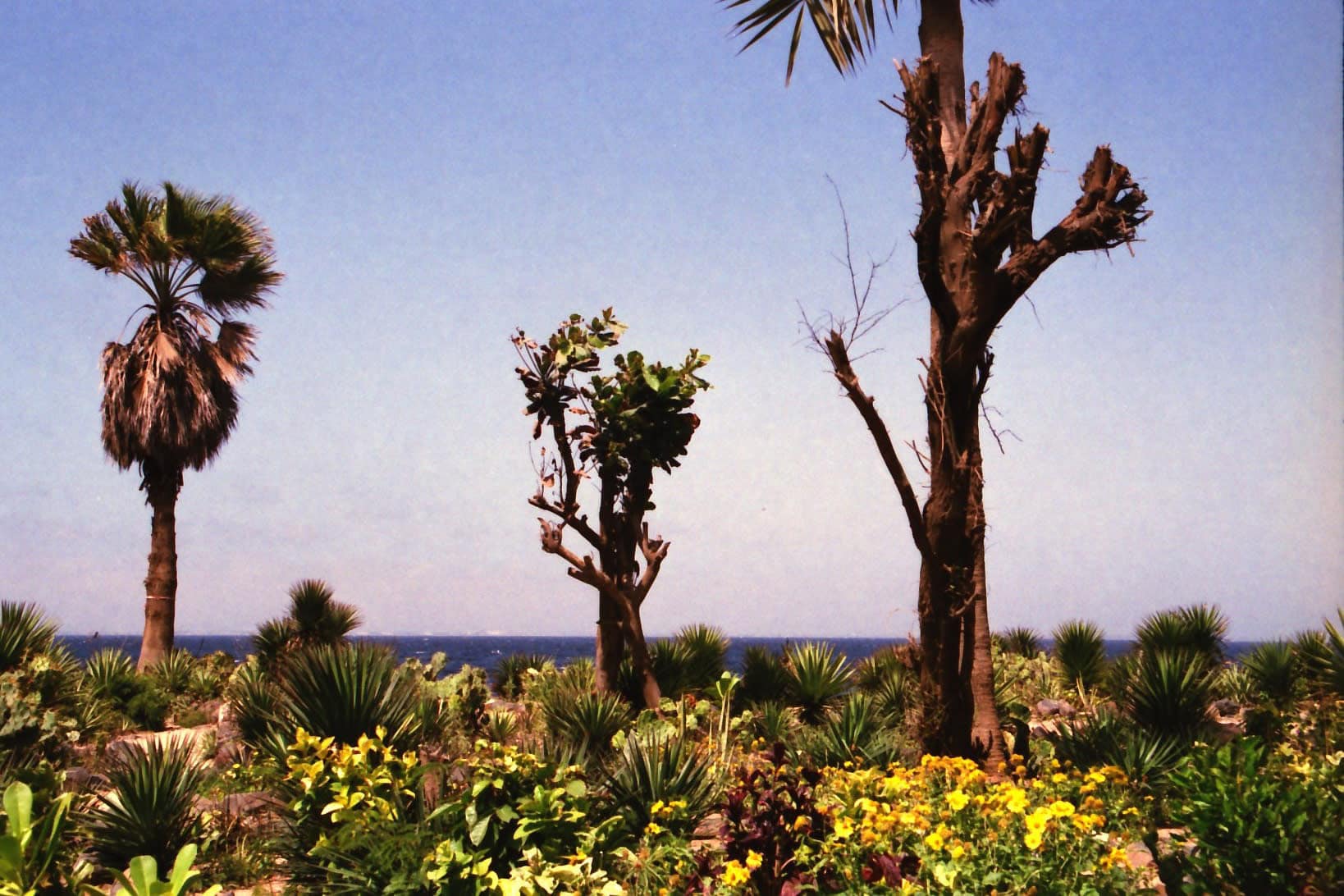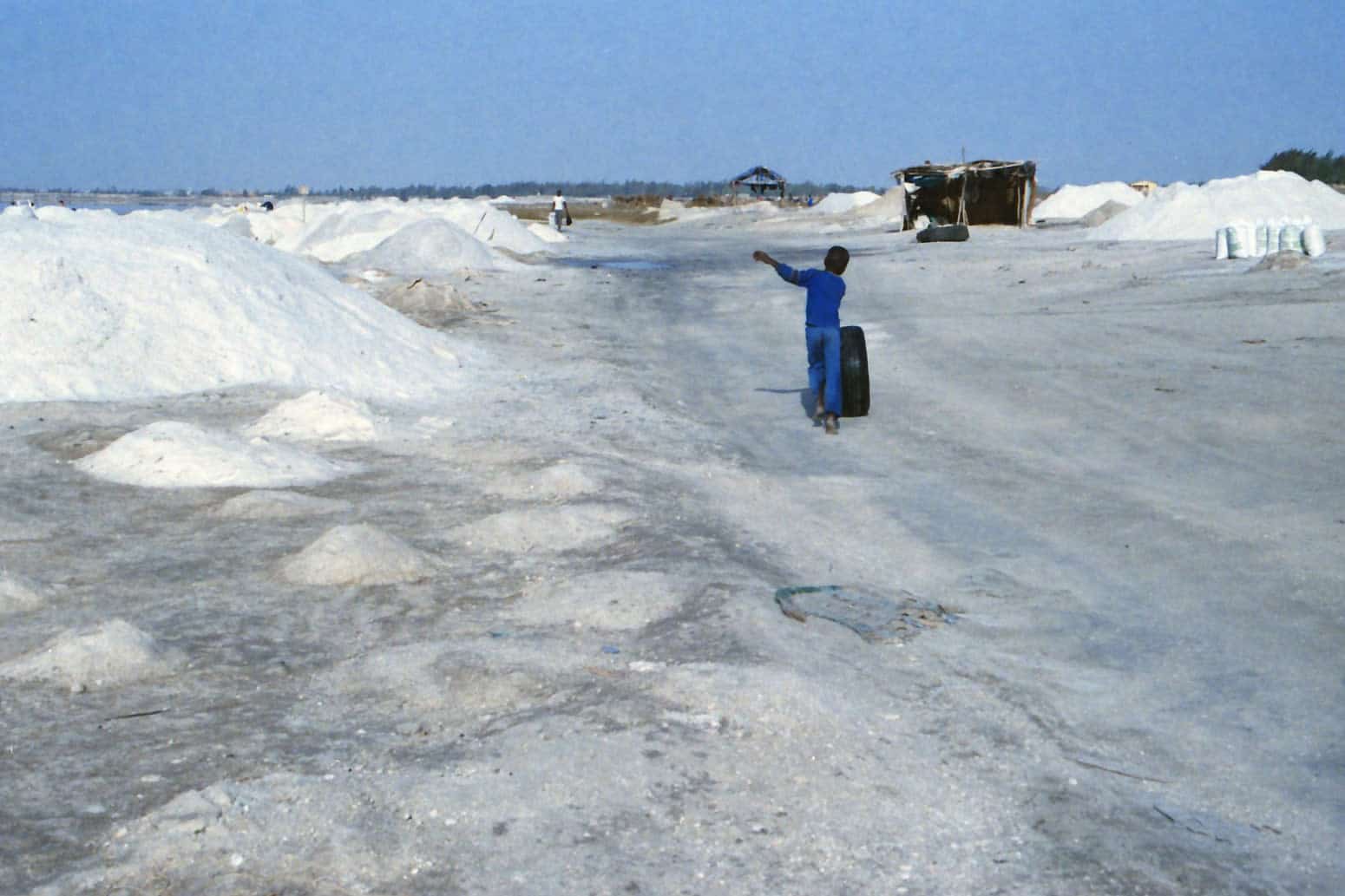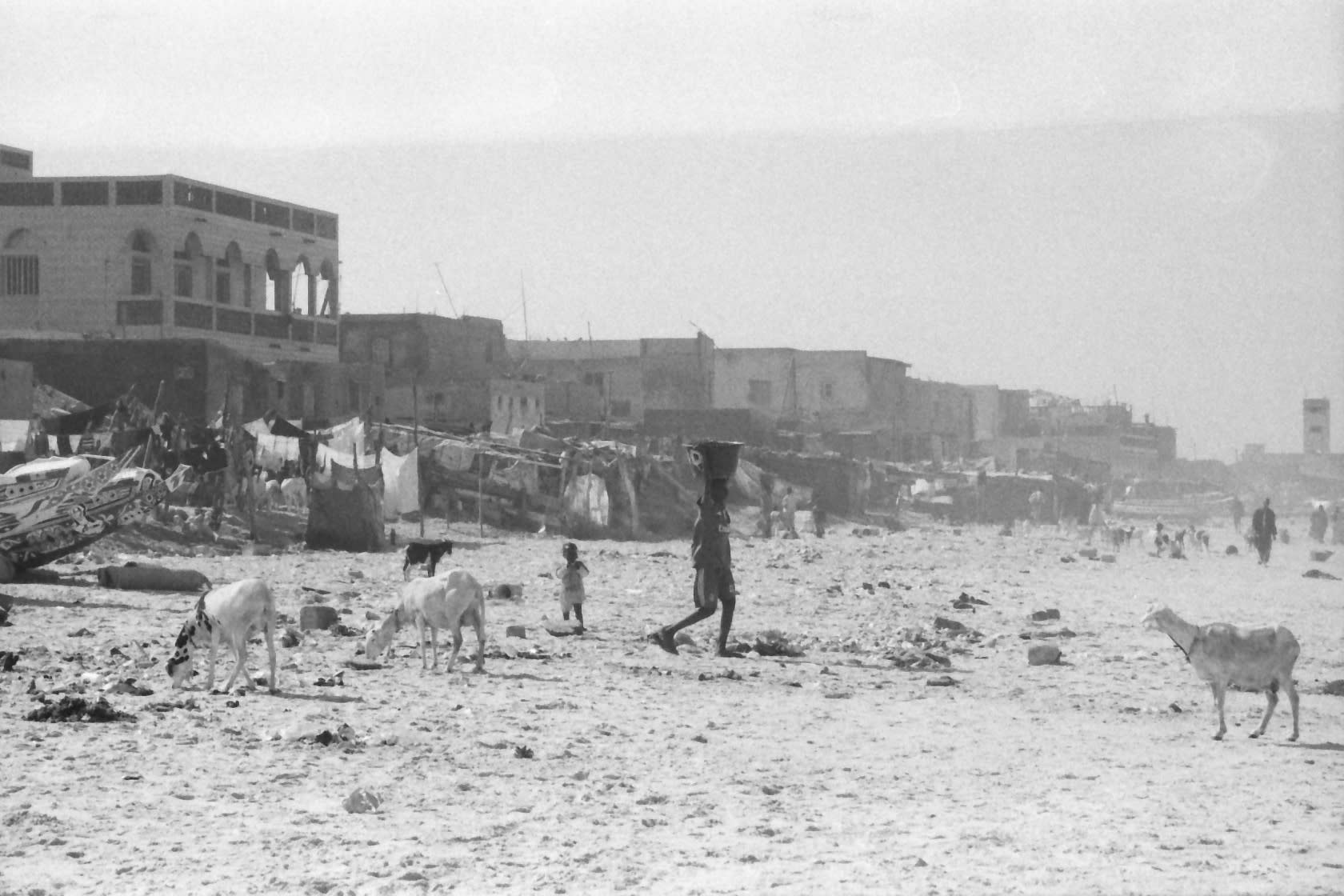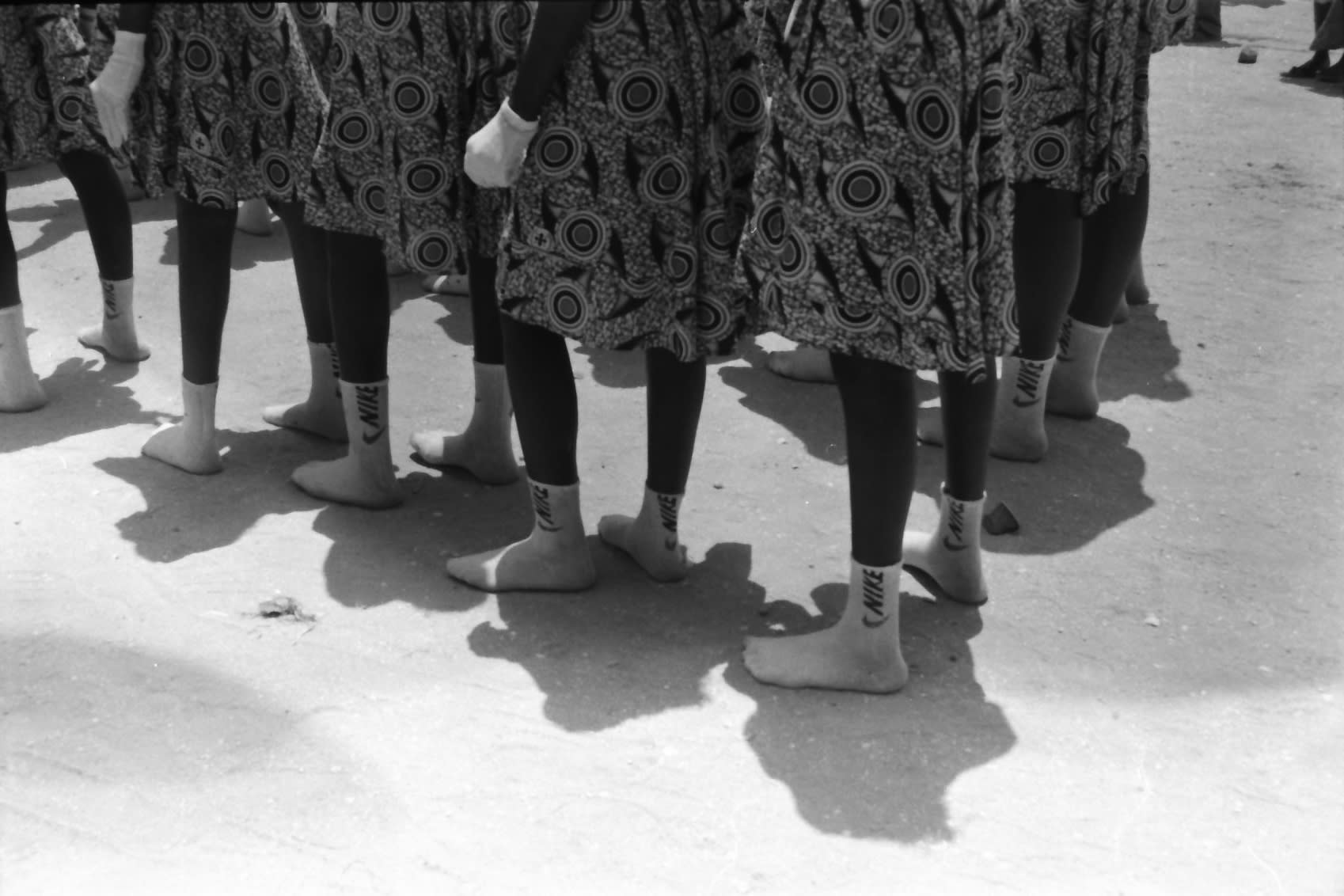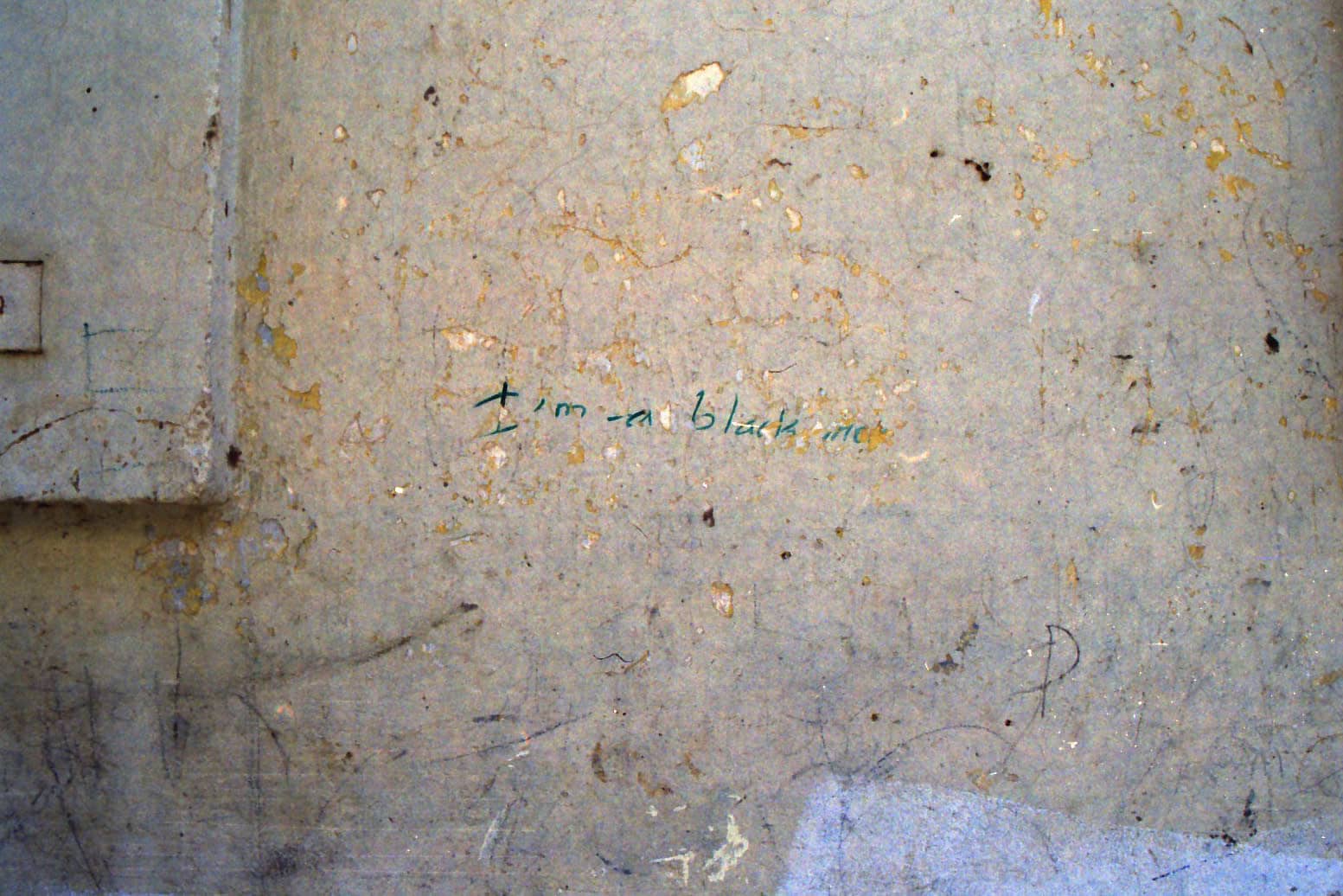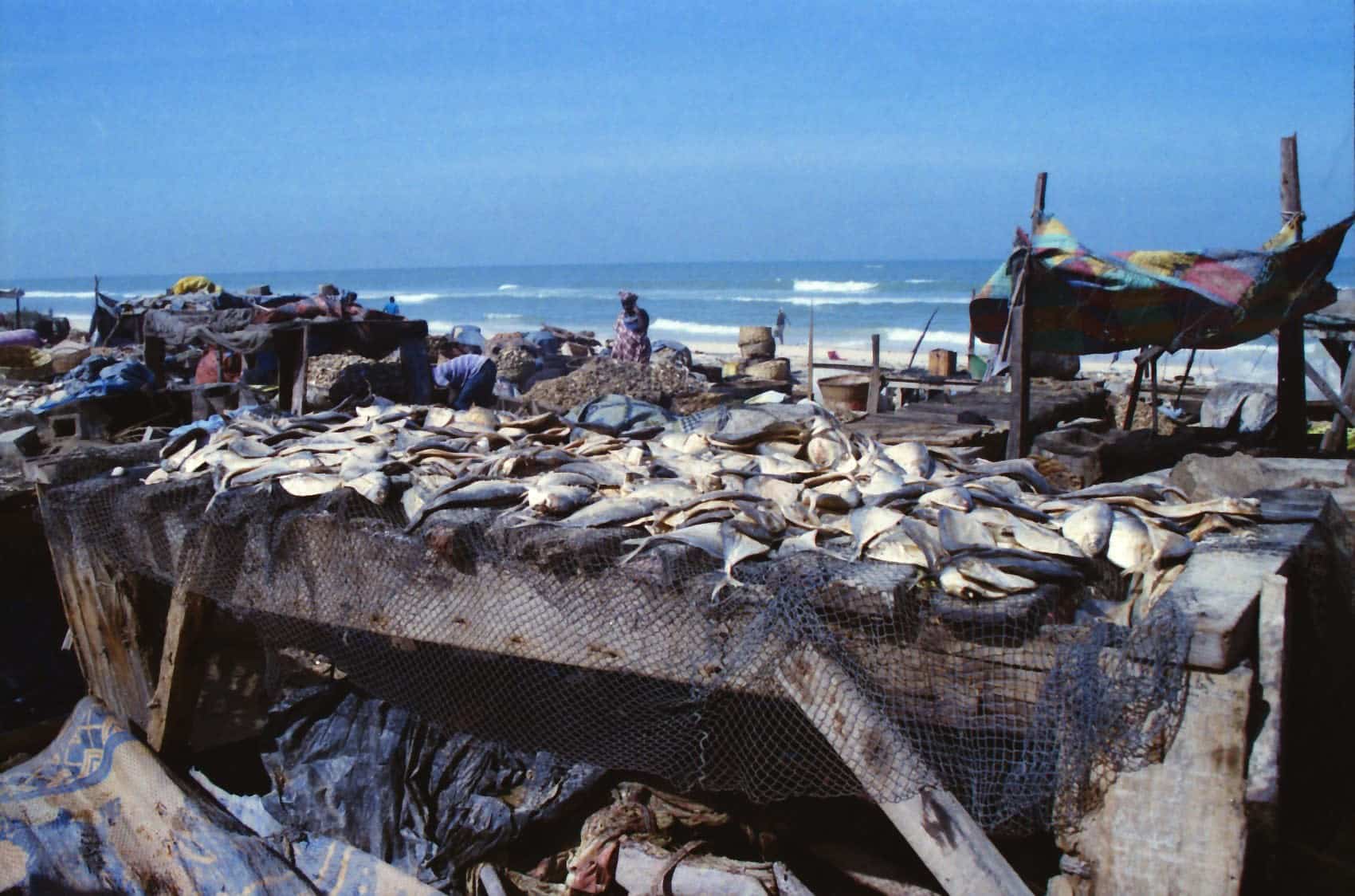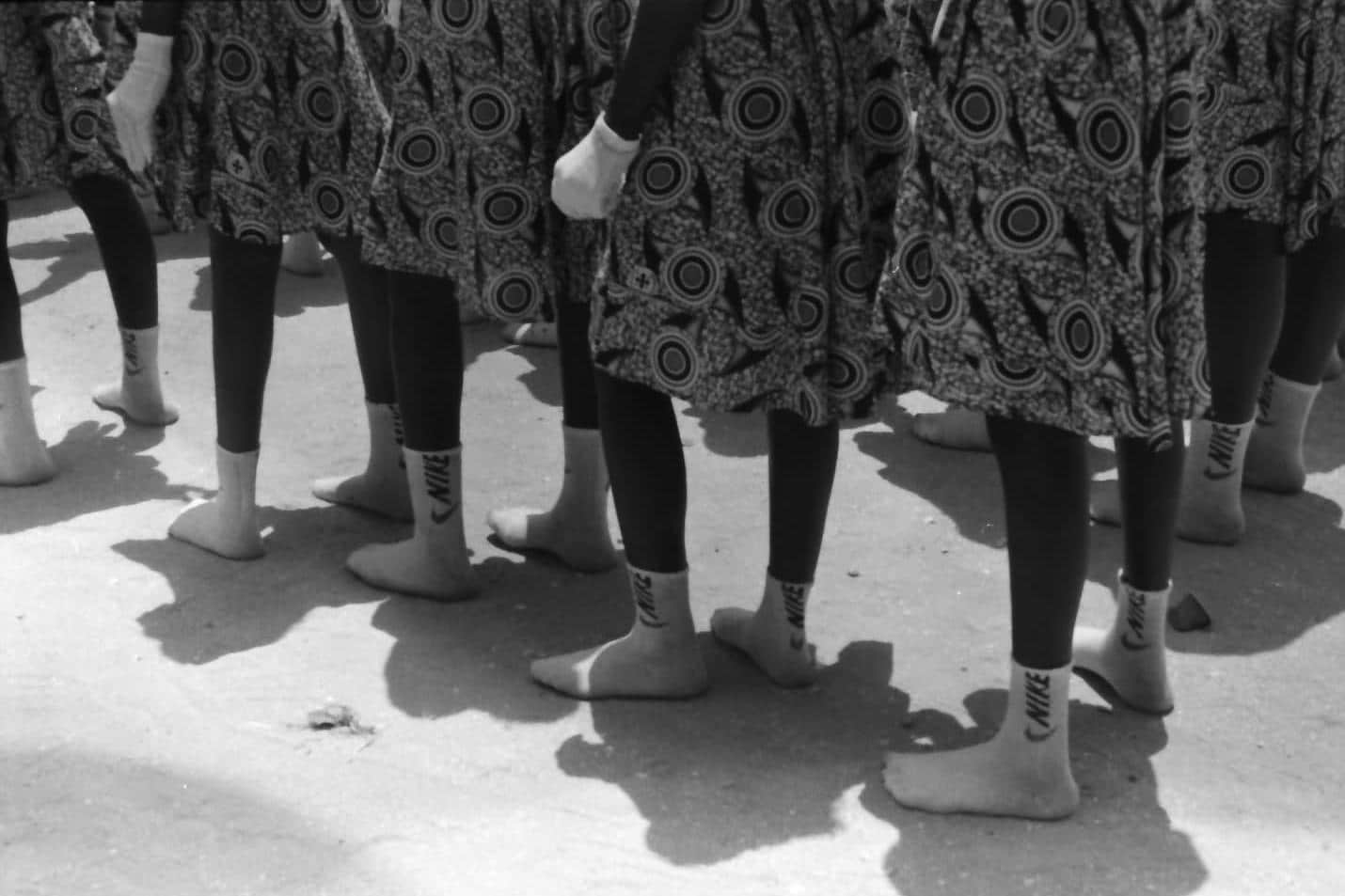Pasé dos meses en una residencia artística en la isla de Saint-LouisSenegal. Mi objetivo principal era fotografiar un país que me había cautivado desde la infancia. Resultó mucho más difícil de lo que esperaba, y la experiencia desafió mis percepciones sobre la fotografía de una forma que me cambió la vida.
Saint-Louis es la segunda ciudad más poblada de Senegal, después de Dakar, la capital del país. Descansa en la costa occidental de África, cerca de la desembocadura del río Senegal, última parada antes del océano Atlántico. La ciudad en sí es una fiesta de color, y una decadencia de calor y humedad. Es una muestra del colonialismo que se desvanece pausadamente para revelar una antigua cultura africana reprimida y profundamente arraigada.
Está lleno de gente que se debate entre lo viejo y lo nuevo, entre lo que ha muerto y lo que acumula fuerzas para la vida. Una comunidad en medio de un vínculo metafísico y de un necesario desenmarañamiento desde espacios selectivos y desde diversos puntos del tiempo. Una isla en transición que se aferra a sus tradiciones, pero sobre todo un lugar más allá de la mierda y el deseo.
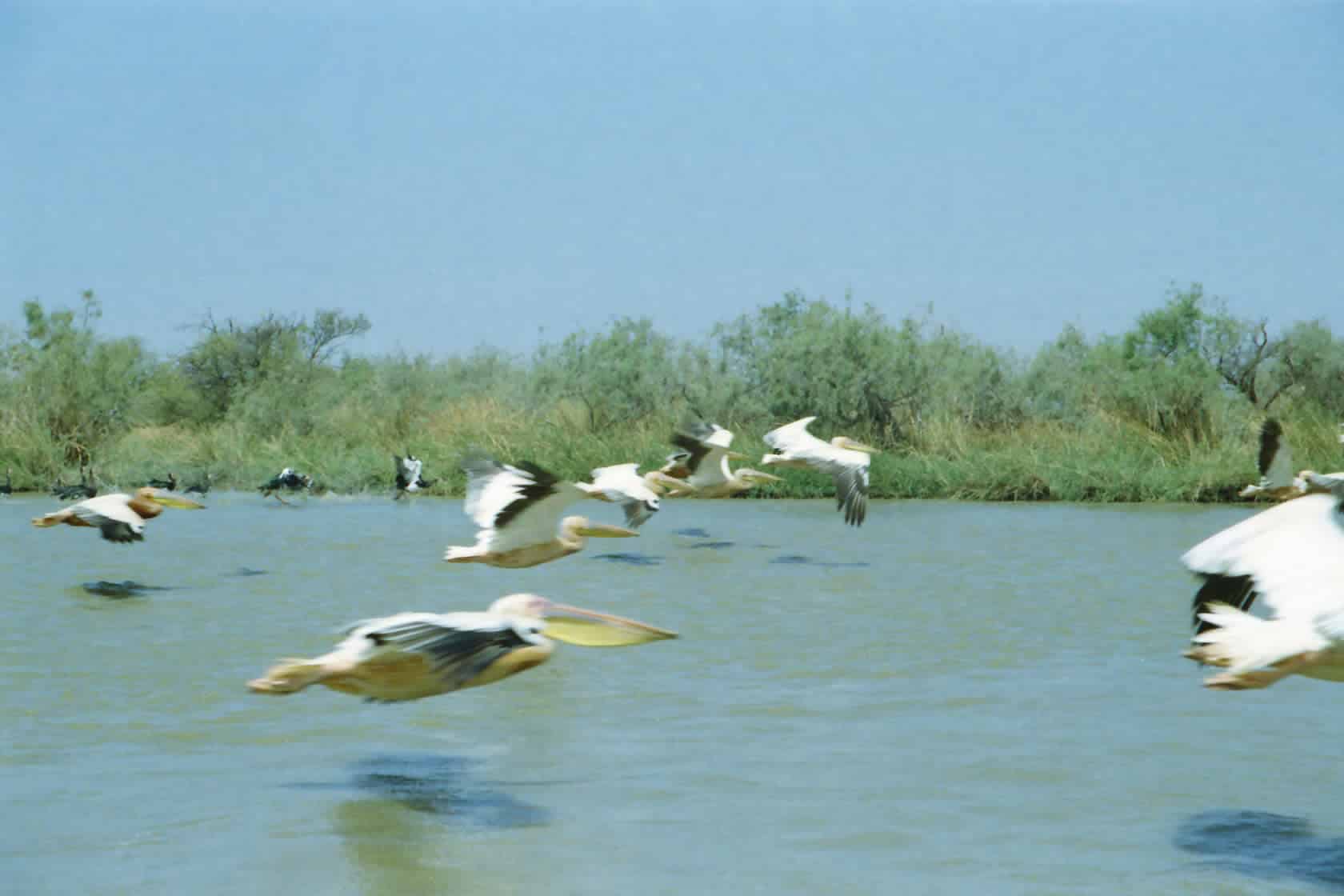
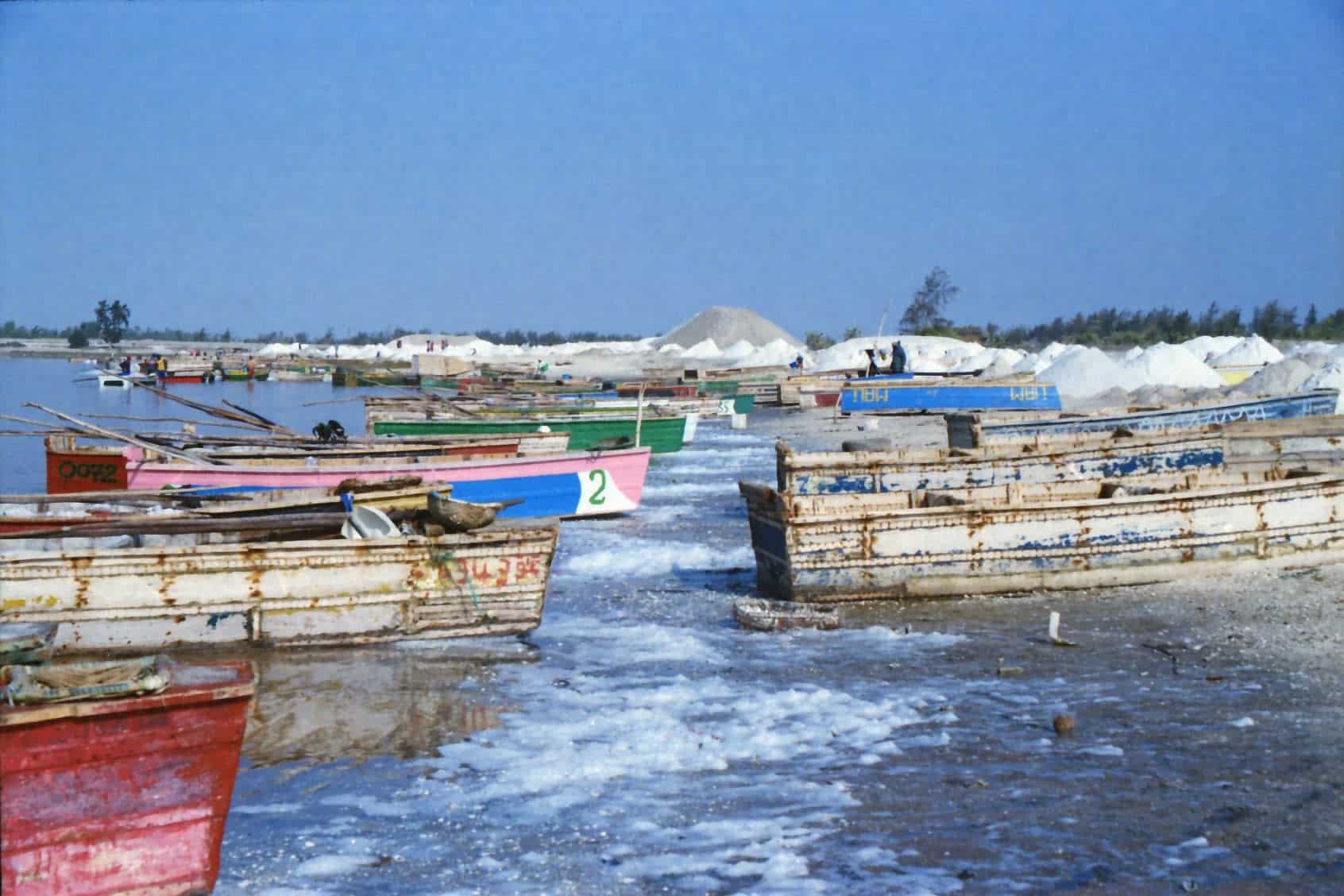
Al fotografiar Saint-Louis, había pasado por alto el abrumador desprecio que los senegaleses sienten por los fotógrafos. No se puede confiar en nosotros. No se puede confiar en los europeos. Y no puedo culparles. A lo largo de los siglos, los europeos se han forjado una mala reputación, por no decir otra cosa. Era algo que no podía discutir.
Recuerdo el primer fotograma que intenté capturar durante mi visita. Estaba en un puente caminando de Saint-Louis a Ndar Ndar y saqué mi cámara de fotos del bolsillo. A mi alrededor oía: ""¡TOUBAB, DEETDEET!", que literalmente se traduce como "¡PERSONA BLANCA, NO!".
Repentinamente acalorado por la vergüenza, volví a meter mi cámara por donde había venido y lo que me siguió fue el sonido colectivo de la gente omitiendo un tsk tsk Incluso un hombre me hizo un gesto de desaprobación con el dedo.
Había querido fotografiar una barca de pescador en el río, debajo del puente, no había nadie en ella, no tenía nada de sagrado. No entendía por qué me avergonzaban. Ser fotógrafo es ser un voyeur, tiene mucho de perversión. Considero mi cámara como una capa: cuando estoy detrás de este objeto soy completamente transparente, pero esto no es más que la narración de mi imaginación poética. Soy tan visible como mi sujeto.
Ser fotógrafo es ser voyeur, tiene mucho de perversión.
El desprecio por el cine y la fotografía en esta región se debe a décadas de falsa documentación. Pocos turistas visitan la zona, aparte de los occidentales que experimentan una crisis de cuarta/media vida en una cruzada al África Occidental para "ayudar" a los que perciben como "desafortunados". También hay mujeres españolas que se entregan a la floreciente industria del gigoló masculino. Las primeras son las principales culpables de esta falsa percepción de que Senegal es una nación menor construida, que es un país del tercer mundo.
Senegal no es mejor, ni peor, sólo diferente. Eso es todo. Es inútil detenerse en la pobreza o la contaminación, está en todas partes. Nunca entendí por qué alguien querría centrarse únicamente en un paisaje dañado o en una tierra prometida cuando el pulso palpitante prospera en el término medio. Siempre pienso en Fotografía de Tom Stoddart de Meliha Varesanovic como la mejor fotografía de guerra jamás tomada; no hay sangre no hay lágrimas, sólo el orgullo de una mujer. Un fragmento honesto.
Ése era mi objetivo, recopilar imágenes fragmentadas de detalles singulares entre un entorno caótico. Quería crear una memoria ficticia basada en verdades que susurraban secretos a mi alrededor. Chris Marker escribió una vez: "Me habré pasado la vida intentando comprender la función del recuerdo, que no es lo contrario del olvido, sino más bien su revestimiento. No recordamos, reescribimos la memoria del mismo modo que se reescribe la historia. ¿Cómo se puede recordar la sed?"
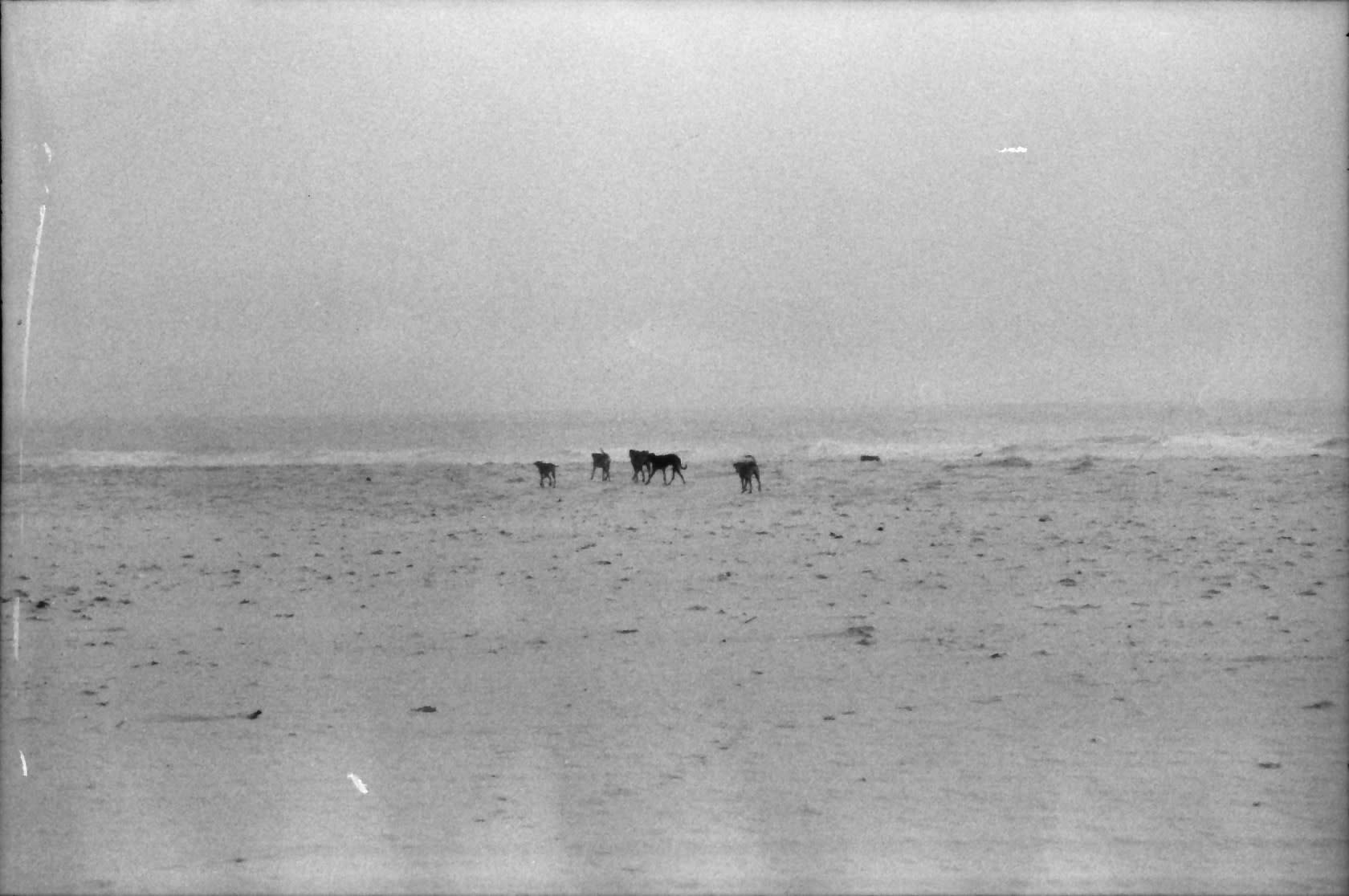
Me habré pasado la vida intentando comprender la función del recuerdo, que no es lo contrario del olvido, sino más bien su revestimiento.
Recuerdo" haber tomado una foto de una manada de perros salvajes paseando por la costa atlántica, una visión de la libertad. Momentos después de tomar esta fotografía, la jauría de perros corrió hacia una de mis amigas, la rodeó y una de ellas le mordió en la pantorrilla. Estaba magullada y sangraba, pero estaba tan empeñada en bañarse en el océano aquel día que tardamos una hora en convencerla de que fuera al médico.
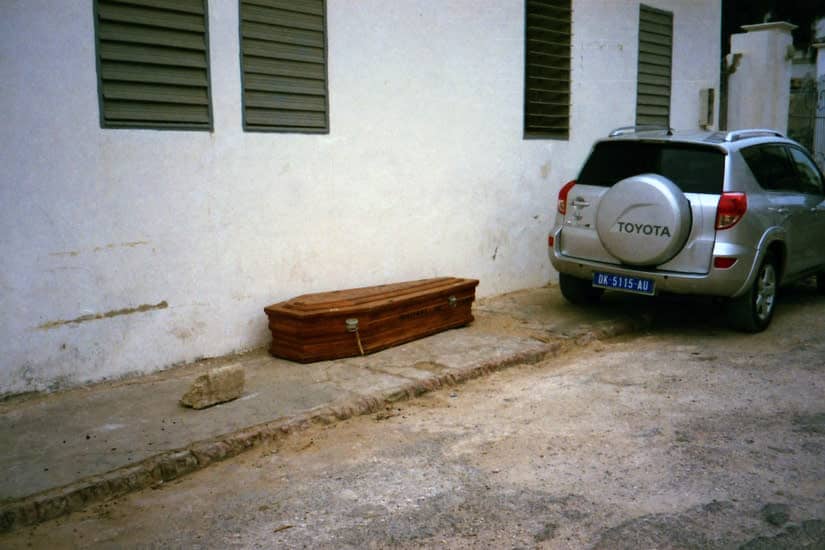
En Senegal, uno de mis actos de recuerdo favoritos es una foto que hice de un ataúd tirado en el arcén de la carretera junto a un Toyota plateado. Había un montón de basura a la izquierda del ataúd, pero lo omití de mi encuadre. Una vez fotografiada, una chica de 16 años salió de su casa y me dijo que su vecina había fallecido en circunstancias misteriosas la noche anterior mientras dormía. Los miembros de la comunidad estaban preparando el cuerpo para enterrarlo. Me invitó a entrar en su casa y nos sentamos en el patio con su hermana mayor, una de las mujeres más hermosas que he visto nunca. La chica fue a su dormitorio, sacó una pequeña pila de libros y me leyó pasajes escritos por su autor favorito. Me contó historias de su novio, al que había mantenido en secreto del resto de su familia durante tres años, y de una vez, a principios de año, en que la enviaron al hospital para que la trataran de una enfermedad que se había inventado sólo para librarse de un examen escolar. Era intrínsecamente dulce. Había algo sin nombre, algo tan completamente perfecto en aquel momento, pero la imagen más vívida que tengo de aquella tarde es la de un ataúd y un Toyota plateado.
Mi experiencia fotográfica en Senegal fue el refuerzo de que la fotografía es una documentación tan falsa de la historia como la palabra escrita, no puedes leer fuera de las líneas tanto como no puedes ver fuera del encuadre. Puedes imaginarlo, puedes destruir y crear mundos. Puedes superponer una ilusión sobre otra, pero la verdad siempre es más extraña o menor que la ficción.
Encuentra más fotografías de Sonia D'Argenzio en su portafolio, creado con Format.
